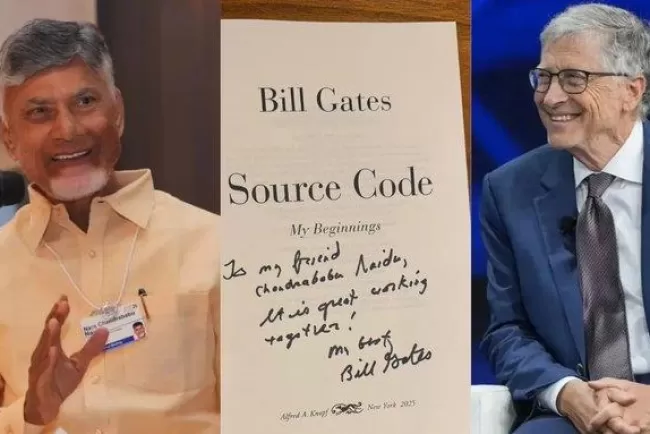NASA's Risky Decision: Starliner Docking Challenges and Astronaut Safety
NASA faced a daunting situation when the Boeing Starliner, carrying astronauts Sunnita Williams and Butch Wilmore, encountered significant docking challenges with the International Space Station (ISS). Despite multiple technical issues and a critical thruster malfunction, NASA made the controversial decision to proceed with the docking, raising questions about safety protocols and decision-making in high-stakes scenarios.
On March 19th, after nearly 10 months in space, Williams and Wilmore returned to Earth aboard the Starliner. This mission had already faced delays, including two previous launch attempts that were scrubbed due to a helium leak and a ground computer hardware fault. When the Starliner finally launched from Cape Canaveral Space Force Station, it was not without risks, as several thrusters failed leading up to docking.
Thruster Malfunctions and Safety Protocols
As the Starliner approached the ISS, its thrusters malfunctioned, putting the astronauts in a precarious situation. Wilmore revealed that the mission became "single fault tolerant," meaning that any additional failure would leave ground control unable to manage the capsule's movement effectively. Despite these risks, NASA chose to push forward with the docking attempt, ultimately leading to a tense moment for both astronauts.
NASA officials debated the risks at headquarters, and despite the known issues, they opted to proceed. This decision, however, has drawn scrutiny regarding the adherence to established flight rules designed to ensure astronaut safety. Wilmore expressed uncertainty about the rationale behind continuing the mission, highlighting the tension between operational pressures and safety protocols.
Manual Control and Emergency Measures
As the situation unfolded, the Starliner transitioned to a "zero fault tolerant" state, which significantly limited the astronauts' options. Wilmore took manual control of the spacecraft, experiencing sluggish responsiveness compared to earlier phases of the mission. NASA attempted to remedy the control system issues remotely after several thrusters failed, but only two returned online before they successfully docked with the ISS.
The docking was ultimately completed, but the series of technical challenges led to the decision to return the Starliner empty, rather than risk further complications with the astronauts still aboard. Williams and Wilmore ended up waiting for their return flight for nearly ten months, ultimately traveling back to Earth on a SpaceX Dragon capsule.
Conclusion
This episode sheds light on the complexities and risks involved in space missions, where decisions made in the control room can have profound consequences for the safety of astronauts. The Starliner's docking challenges raise important questions about NASA's risk management strategies and the balance between innovation and safety in space exploration. As the agency continues to navigate these challenges, the experiences of astronauts like Williams and Wilmore will play a crucial role in shaping future missions.
What's Your Reaction?















